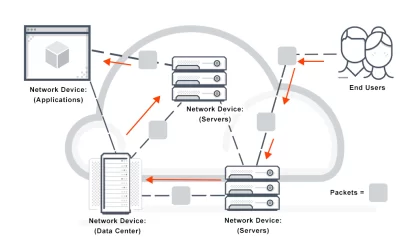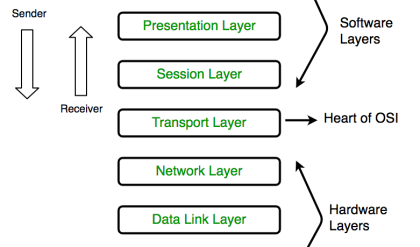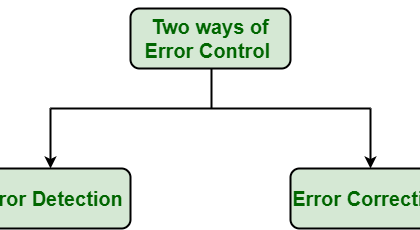This is a simple diode that exhibits non-linear impedance. These diodes are mostly used for microwave detection and mixing.
Construction of Schottky Barrier Diode
A semi-conductor pellet is mounted on a metal base. A spring loaded wire is connected with a sharp point to this silicon pellet. This can be easily mounted into coaxial or waveguide lines. The following figure gives a clear picture of the construction.

Operation of Schottky Barrier Diode
With the contact between the semi-conductor and the metal, a depletion region is formed. The metal region has smaller depletion width, comparatively. When contact is made, electron flow occurs from the semi-conductor to the metal. This depletion builds up a positive space charge in the semi-conductor and the electric field opposes further flow, which leads to the creation of a barrier at the interface.
During forward bias, the barrier height is reduced and the electrons get injected into the metal, whereas during reverse bias, the barrier height increases and the electron injection almost stops.
Advantages of Schottky Barrier Diode
These are the following advantages.
- Low cost
- Simplicity
- Reliable
- Noise figures 4 to 5dB
Applications of Schottky Barrier Diode
These are the following applications.
- Low noise mixer
- Balanced mixer in continuous wave radar
- Microwave detector





